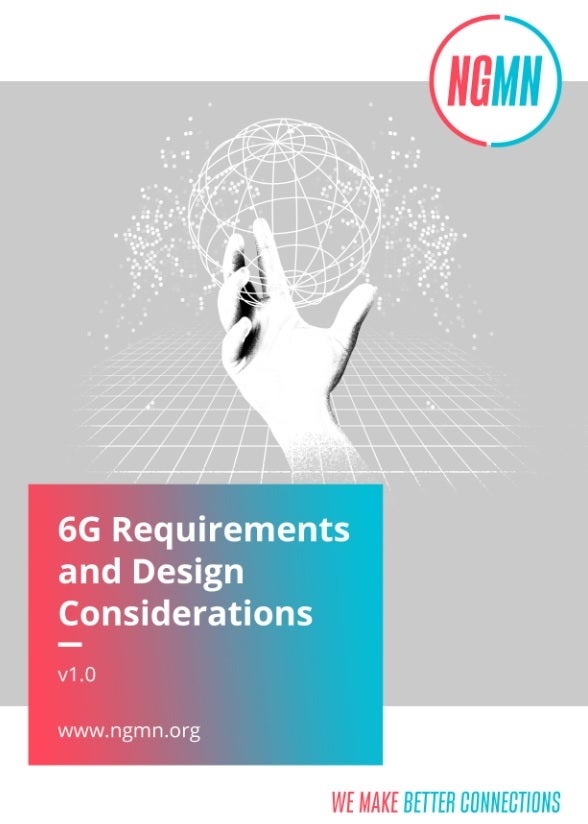White paper released by Alliance reveals a viable path to 6G

We haven't come close to the potential of 5G yet but already China Mobile says that a white paper titled "6G Needs and Design Considerations" has been released by the Next Gen. Mobile Networks Alliance (NGMN) which is a group made up of mobile network operators. This was reported by MyDrivers. The lead companies involved in the white paper include China Mobile, Vodafone, and US Cellular. 53 companies, including 23 device makers and 13 research institutes, helped create the publication.
The white paper focuses on the needs of wireless firms helping them figure out a path to get from 5G to 6G. There is so much work still ahead and the public has not been able to take advantage of the things that 5G can do at top speed including remote surgery, self-driving cars, AR shopping, and much more.
While the report says that 6G capacity will be ten times larger than 5G, 6G speeds could be up to 100 times faster than the download data speeds of 5G running as fast as 1Tbps (Terabit per second). With 6G, latency drops from milliseconds (1/1000 of a second) to microseconds (1/1000000 of a second). If you're wondering whether you'll be alive to see 6G in use, by 2030 such networks could be employed by the public and known for their ability to host holographic videos.

6G publication from the Next Gen. Mobile Networks Alliance
With 6G, the report says, there will be a connection between the physical, the virtual, and the human world. Keep in mind that even if some 6G connectivity becomes available early, there are so many different things that can happen between now and 2030 that any plans discussed now will certainly be subject to changes.
According to RCR Wireless, Qualcomm expects upper mid-band frequencies for 6G to be in the 7 GHz to 24 GHz range. That compares to the 2 GHz to 4 GHz range that comprises mid-band for 5G. The characteristics of mid-band include signals that travel farther than high-band (like mmWave) but not as far as low band, and data speeds that are faster than low-band but not as fast as high-band. That's why mid-band is called the Goldilocks of wireless frequencies.
Last month we told you that South Korea is working toward a goal of launching 6G in 2028, two years earlier than the 2030 goal that most other countries have in mind. The country is hoping to account for a leading 30% of 6G patents which would be an increase from the 25.9% of 5G patents that the country has been responsible for. That put South Korea just behind the 26.8% of 5G patents that have come from China.













Things that are NOT allowed: